Hyrule Warriors: Age Of Calamity Review - Baby, It’s A Wild War
/From the very first reveal trailer, I was ecstatic that Nintendo and Omega Force, a division of Koei Tecmo, were revisiting Hyrule Warriors’ winning musou formula by combining that much-lauded title's finely-tuned battlefield gameplay with the epic backstory behind The Legend of Zelda: Breath of the Wild. This was a fantastic concept both on paper and in execution, but time and experience have proven that not all musou games are developed equally. What’s more, while Hyrule Warriors was chock-full of time-traveling fan-service as well as an original story, millions of Switch owners have already loved and digested Breath of the Wild’s characters and setting, begging the question, would Age of Calamity be able to distinguish itself as a second link between two genres?
Let’s begin our investigation with the story. I definitely recommend going into this game spoiler-free, so I’ll touch on it just briefly. Our journey begins with a small, mysterious, egg-shaped Guardian stowed away in Zelda’s private study being violently knocked through a freak time-space portal during the Great Calamity. It’s sent back in time and winds up crossing paths with Princess Zelda and her close advisor Impa at the beginning of the conflict. Link distinguishes himself by protecting the princess, and the strict King Rhoam reluctantly allows Zelda to pursue her research. Along with Link and Zelda, we are introduced to the Four Champions and are thrust into their struggles as they must unravel a plot hatched by a dark occultist seeking to bring forth the Calamity. The story is straightforward but effective, with several surprises throughout.
Familiar (yet fresh) and fantastic fan-service
While Nintendo probably won’t make their hardcore fans' 'nice' list this season (for several reasons), they have definitely knocked it out of the park with regards to fan-service in Age of Calamity. The voice cast of Breath of the Wild returns, adding to the game’s great sense of continuity. Major and minor enemies, whole environments, delightfully remixed music, character models, sound effects, Sheikah Runes, hidden Koroks, Flurry Rushes, and other major elements from Breath of the Wild also take an encore. With the exception of the fact that weapons no longer break after a few uses, delicate care was taken to ensure very little suspension of disbelief is necessary to accept that you are seeing and living in the same world as Breath of the Wild, just a hundred years earlier.
Echoing both Breath of the Wild and the original Hyrule Warriors, Age of Calamity’s gameplay strikes a perfect balance between Zelda and musou, with some cool embellishments and innovations. While it’s less effective than charging in Triforce blazing, defensive players more used to tanking can even play the game more like traditional Zelda if desired; when locked onto a target (R3 by default), you can raise your shield with ZL and navigate around foes in the time-tested Zelda fashion. My favorite addition by far is the ability to switch between multiple characters on the fly (up to four in some missions), as well as to send your allies to various parts of the map, whether to have the AI bolster a region’s defense, or so that you can continue to hack and slash away at settlements while avoiding corridors. At times it’s crucial to swap between warriors frequently in order to complete the often time-sensitive missions, especially on harder difficulties.
Unique Characters and Divine Beast Missions Add Value and Variety
Each of the eighteen characters are wholly unique in every aspect, and that includes movement speed and attributes, special moves, and even Sheikah Rune abilities. For instance, Zelda’s Remote Bomb spawns a giant walking bomb that spreads out smaller bombs and is great for breaking up crowds, while Daruk (my favorite character) throws out one large bomb that breaks up into smaller ones. Magnesis and Stasis Runes tend to be fairly similar across the board (useful against metal weapons and spinning enemies), while Cryonis is generally helpful for stopping charging enemies and against foes in or around bodies of water. In addition to the Sheikah Runes and your cadre of weapons (Link in particular can choose from several varieties of armaments and mix-and-match outfits), you’ll also have access to elemental rods dropped by Wizzrobes. Fire, Ice, and Lightning all have different effects on foes. For a fee, weapons can be combined, leveled-up, and modified with attributes such as longer range, faster attack time, more mid-air damage, higher % for item drops, etc., allowing for a variety of builds.
Hyrule Warriors: Age of Calamity also features missions tasking you with piloting the four Divine Beasts to take down thousands of enemies at once. You have a variety of offensive and defensive options, including deflecting projectiles and popping your special moves in order to pre-empt enemy attacks. Each Beast has its own strengths and weaknesses, and their respective missions reflect these well. As each skirmish felt like a puzzle, I found these side-quests to be fun and diverting, not to mention challenging in the right ways. The only issue with them is visibility; I can’t imagine how Switch Lite owners will be able to see what all is going on during the more wide-open battles. While at the controls of these massive creatures, I highly recommend hooking your Switch up to a TV screen.
The game is long and vast, and you can expect to spend some time in menus upgrading weapons, purchasing products from stores to facilitate upgrades including unlockable combos, and training lower-leveled characters. While the level of variety in environments doesn’t quite match up with Hyrule Warriors, there are many side-quests and smaller skirmishes to embark on, and each of the challenges feels well-balanced. Most of them have limited voice-acting and often story and character bits will be conveyed via written text, which can be hard to parse when you’re in the middle of slaying several dozen Lizalfos, which brings me to one of the game’s major issues...
This Feast’s Not Without Its Hiccups...
For all of the game’s strengths, there are several missed opportunities here. The frame-rate does tend to drop when there’s a lot going on, and while it didn’t bother me too much, it would have behooved Omega Force to have given players the opportunity to choose to prioritize framerate over graphical fidelity. Also, while some maps force you to navigate vertical spaces (climbing stairs, hills, etc.), altitude differences aren’t delineated on the mini-maps, so I found myself sometimes running around unsure of where to go to progress (come on, guys, traditional 3D Zelda solved this with its mini-maps over two decades ago!). The same issue popped up occasionally while I was looking frantically for the entrances of settlements.
I also found it rather limiting how many missions have strict time limits. I found that this functioned as a gate to my progress more than once, as I had to grind out my characters’ levels in order to do enough damage to finish certain missions in time. While the amount of grinding necessary to beat the campaign was minimal, in order to complete the sweet post-game content, you can expect to replay missions, as well as spend a lot of rupees training lower-leveled characters, upgrading weapons, and purchasing parts. Also, while this is to be expected from musou games, there were a few moments where the camera would get in my way in tight spaces. Thankfully, breaking lock-on and manually pivoting the camera is an easy remedy.
A More Than Adequate Holiday Offering
While it’s not without its faults, I enjoyed nearly every moment of my 50+ hours spent on the frantic battlefields of Hyrule playing Hyrule Warriors: Age of Calamity. With a strong story, copious amounts of fan-service, and a wealth of unique and balanced musou gameplay, it succeeds wildly both as a worthy sequel to Hyrule Warriors, and a semi-prequel to The Legend of Zelda: Breath of the Wild. While your mileage will vary depending on how much you enjoy musou games and how willing you are to tolerate performance issues (and, to a certain extent, repetition), I give this one a very strong recommendation.
8/10
Highlights
( + ) Fast, fun, frantic, and balanced musou gameplay
( + ) Excels as a reintroduction and expansion to the Breath of the Wild universe
( + ) Every character has a unique and well-realized playstyle
( - ) Framerate issues during more frantic moments
( - ) Not everyone will enjoy the grinding, weapon crafting, or Divine Beast missions
What I’ve Played
Beat the campaign going back and forth on Normal and Hard difficulties
51+ hours of hacking, slashing, and crafting weapons
Unlocked all 18 playable characters

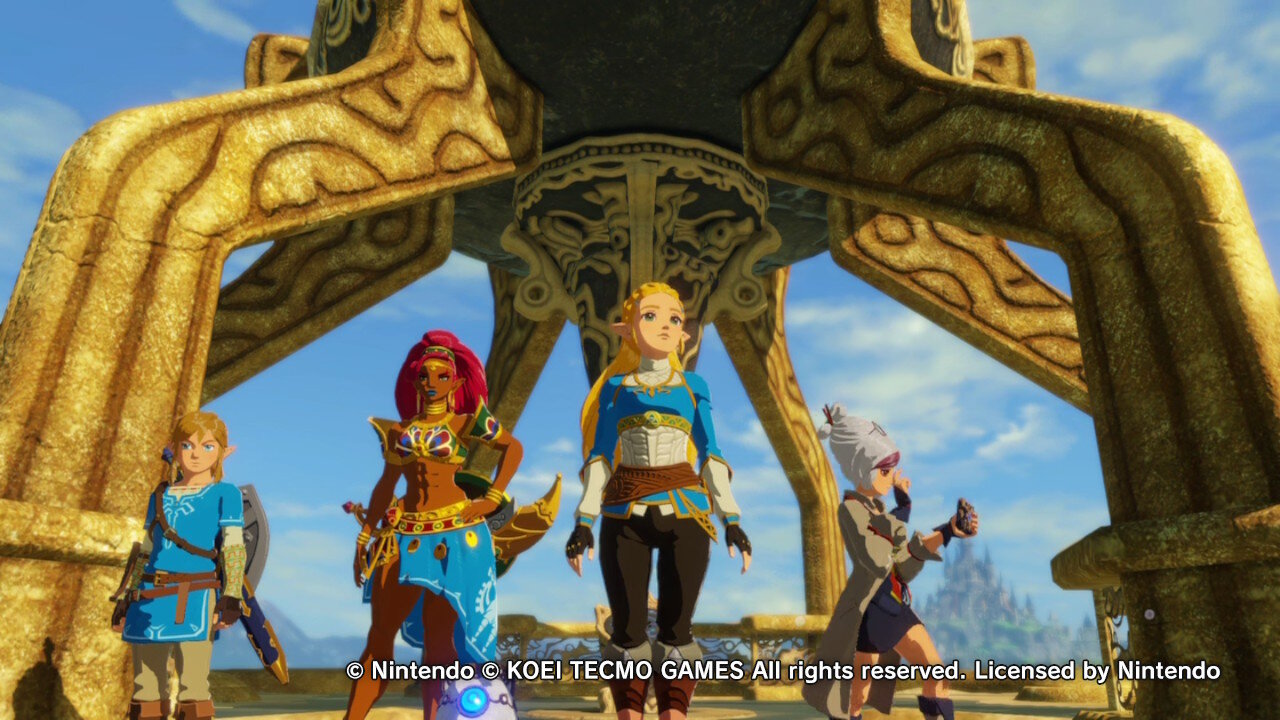

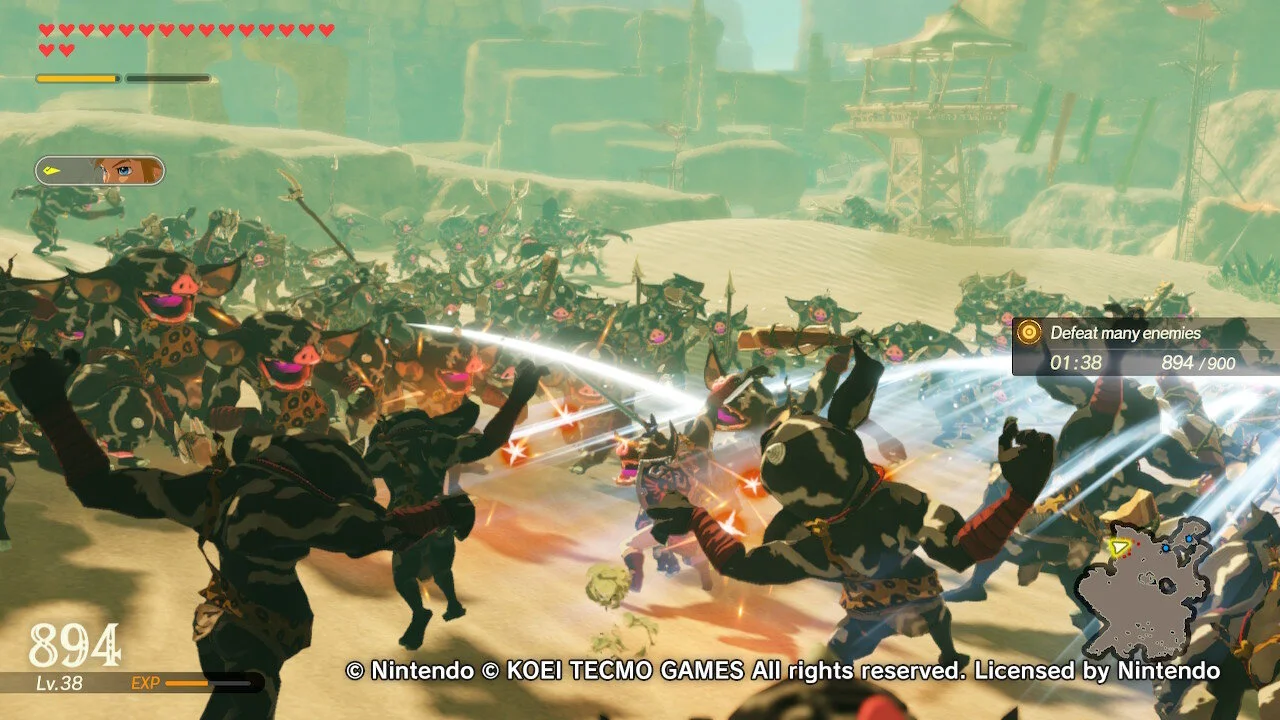

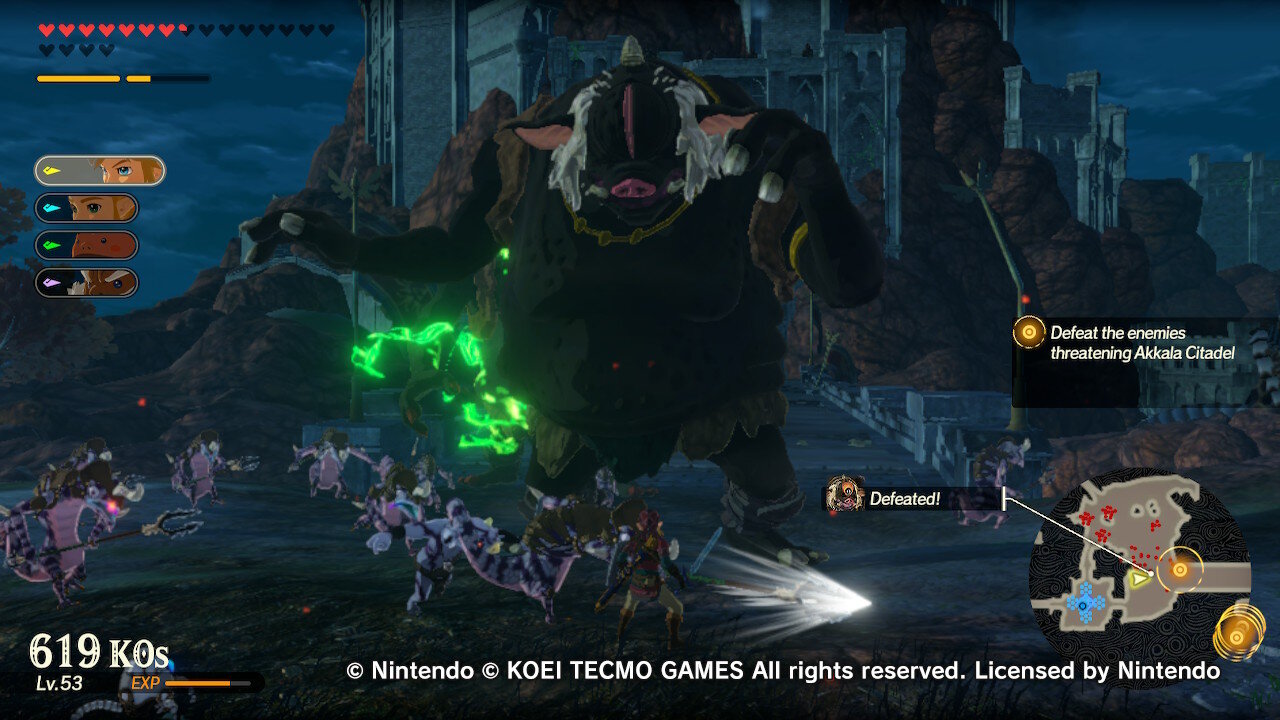




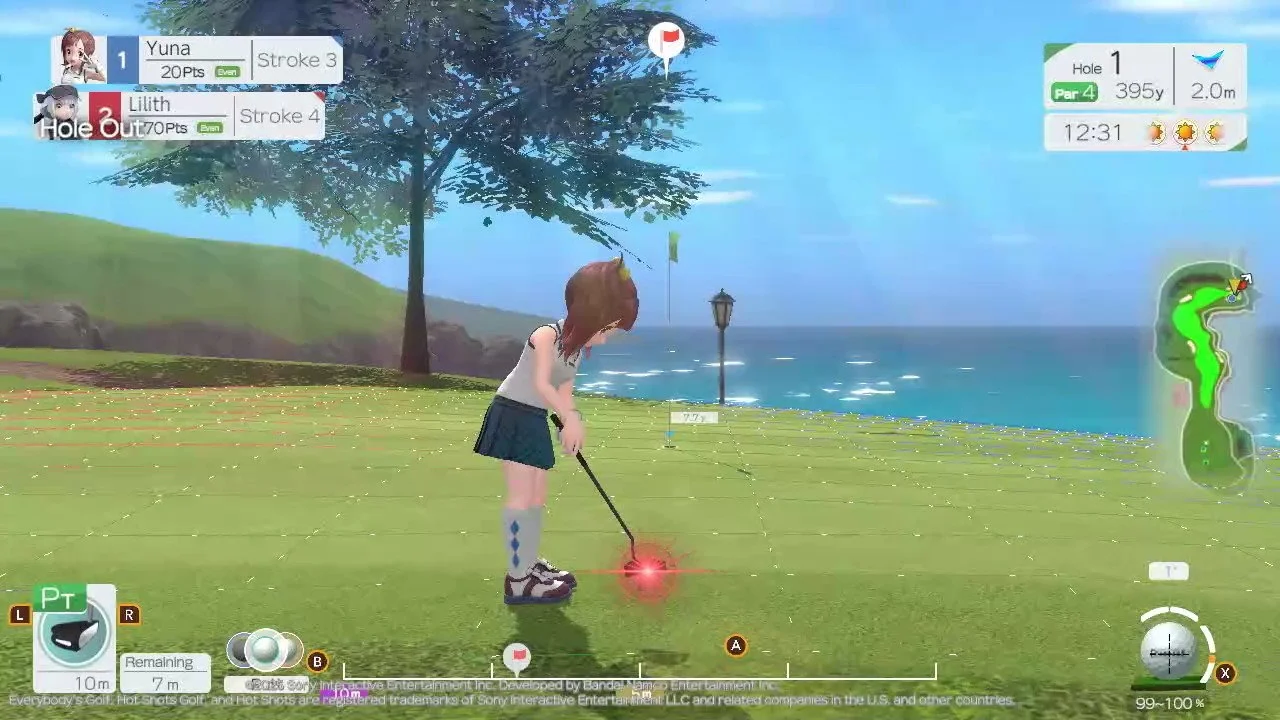






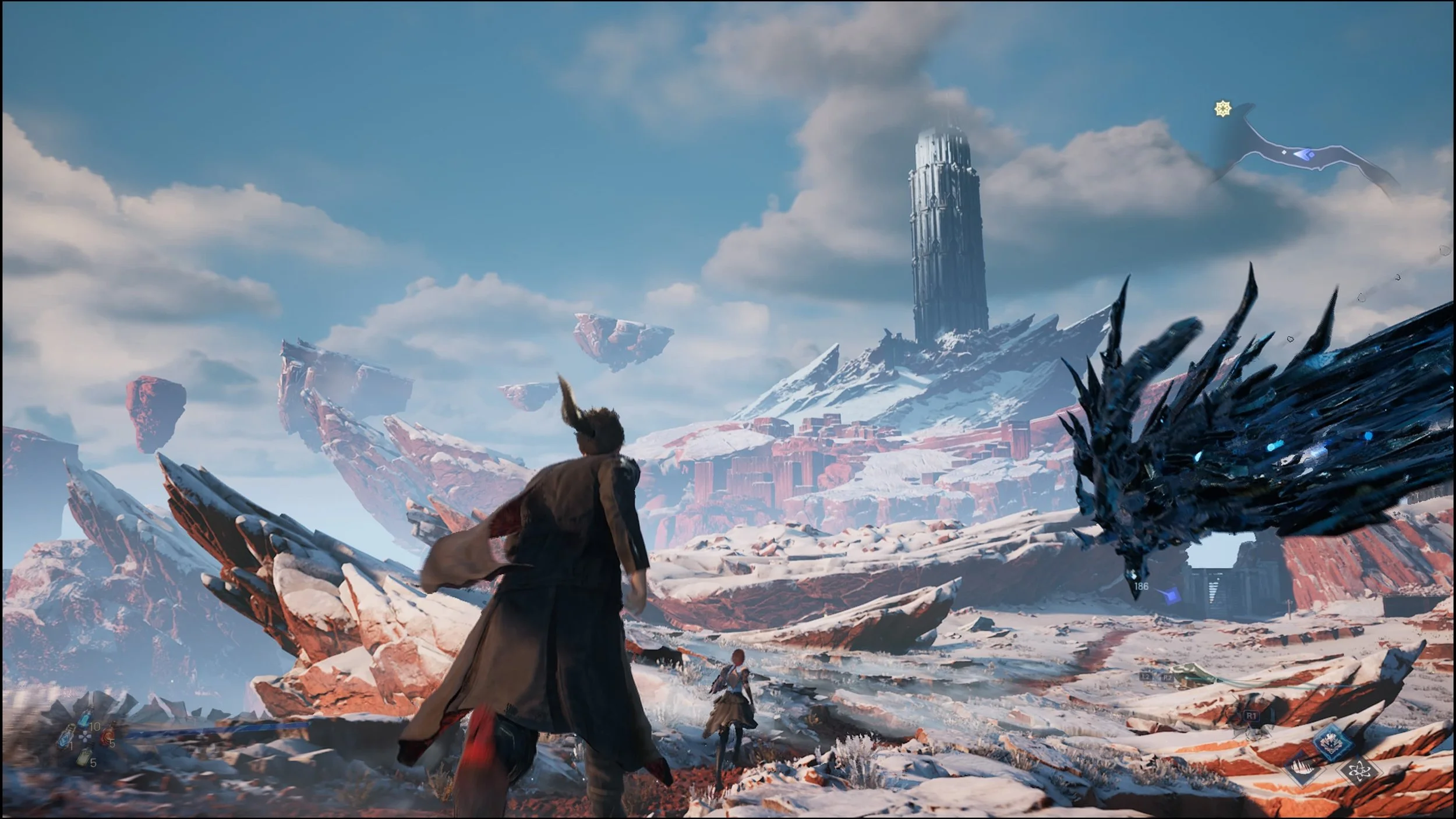


SEGA and Ryu Ga Gotoku Studios put a ton of love and care into Yakuza Kiwami 2, and it runs flawlessly on Switch 2. If you’re like me and itching for a reason to take a plunge into the Yakuza universe, there’s no better time than the present.